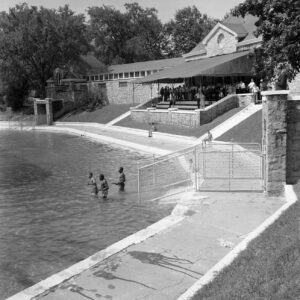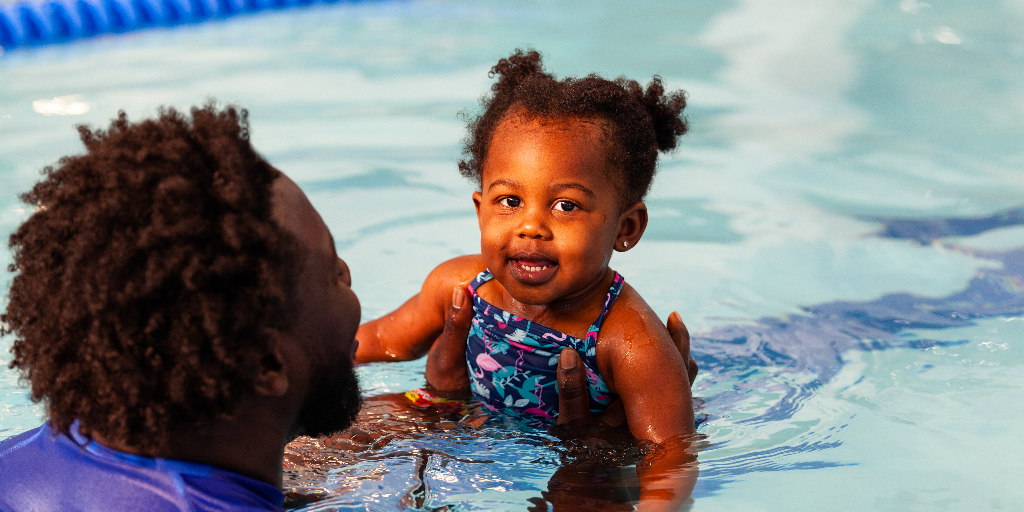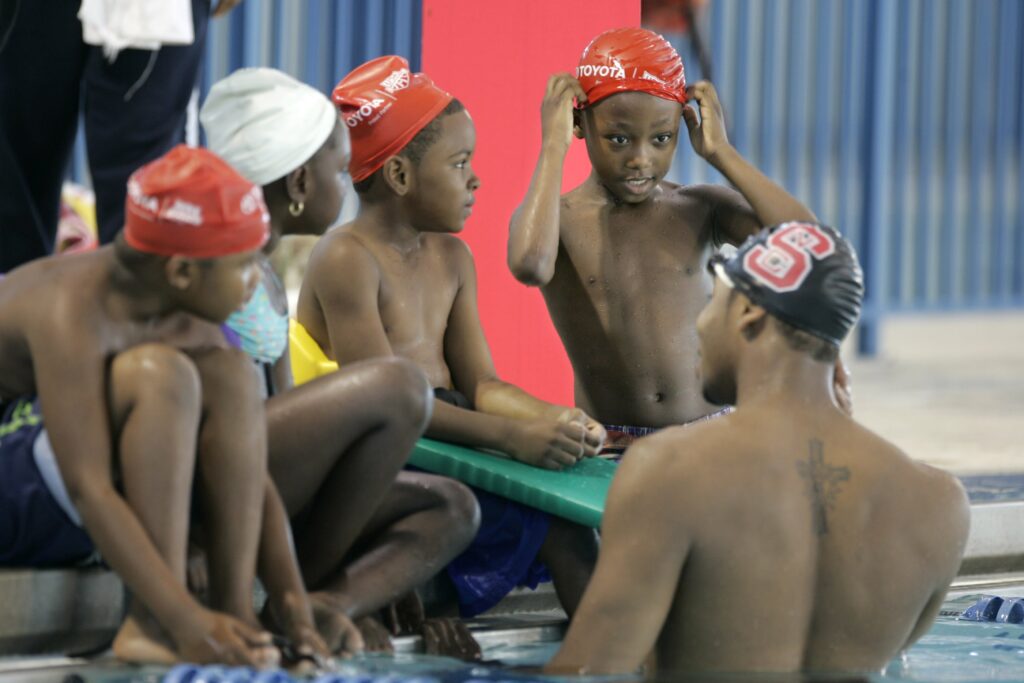Culture, Features, Health and Wellness
The Montgomery Brawl Is A Lesson For Black People On The Value Of Swimming
The Montgomery Brawl played out like a real-life movie. So, it’s no wonder 16-year-old Aaren Rudolph earned the nickname Black Aquaman after fearlessly diving off of the Harriott II ferryboat on Aug. 5, 2023. With skill and speed, he swam across the Alabama River to defend his co-worker Damien Pickett, 56. The co-captain was being violently attacked by at least five white people on the historic Montgomery Riverfront dock.
“I was just helping my crew mate,” wrote Rudolph following the violent viral incident.

The teen’s impressive aquatic performance debunked the stereotype that Black people can’t swim and reminded everyone of the importance of this survival skill. According to the Centers for Disease Control and Prevention, there are more than 4,000 fatal unintentional drownings in the United States annually. In 2020, drowning deaths rose by 16.8 percent and are now the leading cause of death for children ages 1 to 4.
But, despite pressure from the World Health Organization, the American Academy of Pediatrics, and the United Nations, America still does not have a federal plan to address the crisis, unlike most developed countries.
The Dangers Of Swimming While Black
The national drowning crisis impacts Black people in America more than any other demographic. The CDC reports that drowning death rates for Blacks are 1.5 times higher than the rates for whites. The numbers for Black children are even more alarming.
According to the YMCA, a whopping 64 percent of Black children in the U.S. don’t know how to swim. Black kids aged 5 to 9 are almost 3 times more likely to drown than their white counterparts. The rate of drowning death is 3.6 times higher for Black youth ages 10 to 14.
Interestingly (but not so surprisingly), the type of aquatic facility makes a big difference in the number of drowning deaths among Black youth. Those aged 10 to 14 drown in swimming pools at rates 7.6 times higher than whites. Black children are also more likely to drown in a public pool. Whereas, white kids most likely drown in residential pools.
Jumping The Shark
Budget cuts to public recreation departments have made it more difficult for Blacks to easily access swimming education since after World War II. At the time, municipal pools were popping up all over the country. But, when the 1964 Civil Rights Act outlawed segregation in public places white folks fled city pools faster than if there was a shark sighting.

According to The New York Times, Black adults, specifically, struggle with past negative experiences with water. During the Jim Crow Era, Blacks were banned from most public swimming facilities, including beaches, except on “colored days.” In both the North and South, white patrons and employees often verbally harassed and physically assaulted Blacks at public swim facilities.
Whether or not a town was “officially segregated,” swimming was still potentially dangerous and traumatic for Black people at the time. Unfortunately, the painful memories of treading those hostile waters continue to trickle down through the generations.
“A parent who has never learned to swim yields an 87 percent chance that a child won’t, either,” Dr. Sadiqa A.I. Kendi, division chief of pediatric emergency medicine at Boston Medical Center told NYT.
Black folks in the U.S. have a complex and long-standing relationship with water that dates back to the brutal voyages across the Middle Passage during the Transatlantic Slave Trade. Enslaved Africans were bought and sold at U.S. ports like the Montgomery Riverfront dock, which was among the busiest slave-trading sites in America.

Don’t Believe The Hype
Many slaves, especially those from Africa’s west coastal region, grew up around water learning to swim very young. “In fact, before the Civil War, more blacks knew how to swim than whites in America,” wrote Maria Burzillo in The Truth Behind African Americans and Swimming.
Some slaveowners used water torture techniques to instill fear of water. While others forbid their slaves from practicing aquatics or learning how to swim because it could help them escape.
However, there’s also plenty of evidence of African Americans enjoying the benefits of the water, even during slavery. Slaves relaxed in rivers and streams after grueling long hours on the plantation. Cool water also helps soothe injured or arthritic joints. Some slaves competed in swimming races and contests for leisure or prizes.
And, of course, playing in the water is a fun activity. Swimming is an excellent full-body workout and helps prevent heart disease, the leading cause of death for Black males in the U.S.

“To start a new narrative around water is not an easy task,” said William Ramos, the director of the Aquatics Institute at Indiana University School of Public Health-Bloomington.
Dismantling generations-worth of aqua-related anxiety will certainly take some time. But, for the Black community, improving swimming education is necessary. So, embrace your inner superhero and dive in.
The American Red Cross offers swim lessons for those aged 6 months and older. Be sure to inquire about scholarships and vouchers.
Featured image credit: Photo courtesy of AP Photo/Mike Derer.



